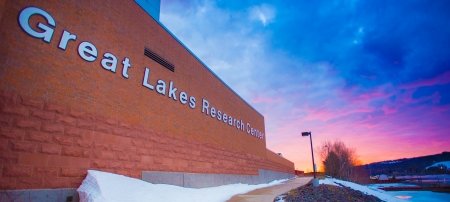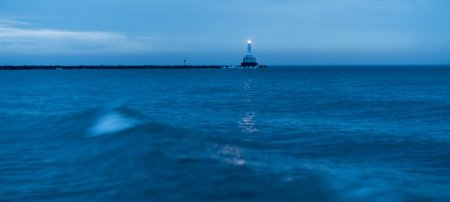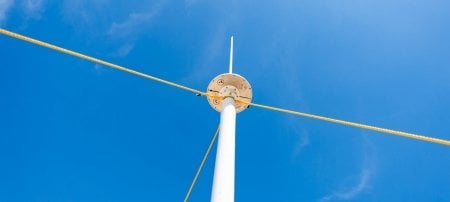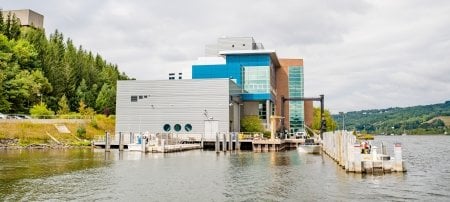The Great Lakes help shape the industries, recreation, and culture of the people who live near them. The activities of those residents, in turn, affect the lakes and their ability to provide economic services in the future through a feedback loop.
William S. Breffle, associate professor of natural resource economics, is conducting research that explores this symbiotic relationship between the Great Lakes and the population surrounding them. The project, “Assessing the Carrying Capacity of the Great Lakes Natural Environment of Western Michigan,” examines the long-term environmental and economic impact of human activity on one of the Great Lakes—Lake Michigan.
In October 2008, Breffle received a $115,100 grant from the Colcom Foundation for the project, for which he has assembled a multidisciplinary team of researchers. Currently, the group’s work focuses on the western region of Michigan that borders Lake Michigan in communities such as Grand Rapids, Kalamazoo, and Saugatuck, among many others. In future projects, Breffle plans to extend his research to the entire Great Lakes region.

The optimal number and types of uses that the Great Lakes can support, or their carrying capacity, is determined in part by a variety of environmental stressors, such as the introduction of zebra mussels, contamination of wetlands and watersheds, and population density. According to Breffle, the ways in which these stressors are managed play a major role in whether resource use is sustainable or whether carrying capacity is exceeded.
As part of that assessment, he and his team aim to investigate the heart of residents’ attitudes, opinions, and preferences about the Great Lakes and how the resources are being utilized. To do this, the researchers are administering a series of surveys.
Through survey questions, the researchers will learn how people use the Great Lakes, what they know about environmental stressors, which stressors they are most concerned about, and what they think are the best policies for the limited funds available to address those issues.
The information gleaned from the surveys is being used, along with additional data about the western region of Michigan bordering Lake Michigan, to build a dynamic systems model. This research tool will show the path of how one of the Great Lakes has been used as a resource over time and its possible future fate. The data generated by the model will then serve as a springboard for future studies.
Breffle said he hopes that, ultimately, the research will aid in the development of environmental management tools that sustain the environmental services provided by Great Lakes resources.
“It’s a question of how much we use today versus how much we save for future generations,” he said. “We want to focus on managing environmental stress in ways that maintain the capacity of the natural environment to provide services to future generations at a constant level or better.”
Michigan Technological University is an R1 public research university founded in 1885 in Houghton, and is home to nearly 7,500 students from more than 60 countries around the world. Consistently ranked among the best universities in the country for return on investment, Michigan's flagship technological university offers more than 120 undergraduate and graduate degree programs in science and technology, engineering, computing, forestry, business, health professions, humanities, mathematics, social sciences, and the arts. The rural campus is situated just miles from Lake Superior in Michigan's Upper Peninsula, offering year-round opportunities for outdoor adventure.




